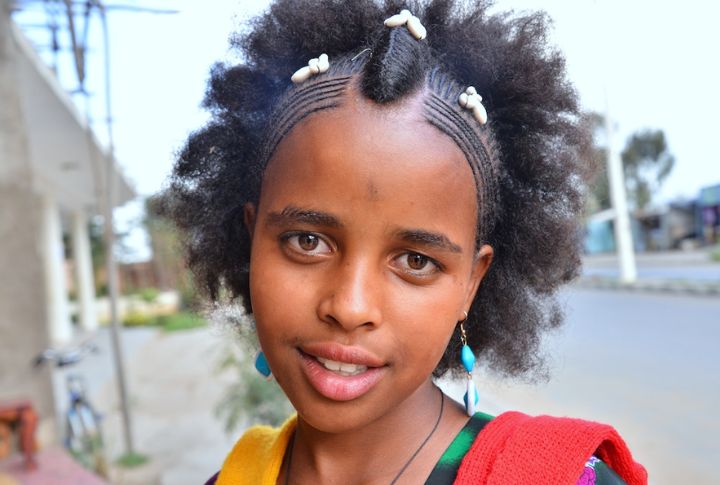
Cornrows are more than a trend—they’re a bridge between history and personal expression—a symbol that has always shaped identities and sparked global conversations. Get ready for a journey into the lesser-known facts that prove this style is as powerful as it is timeless.
Roots Of Cornrow Braiding
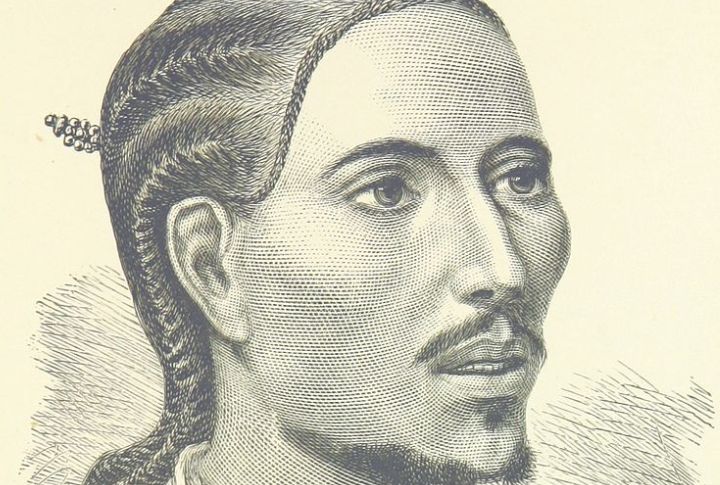
Cornrows trace back over 3,000 years to Africa, with some of the earliest evidence found in sculptures and hieroglyphs from ancient Sudan and Egypt. Worn by both men and women, these styles often indicated tribe, age, status, or religion. Cornrows weren’t just hair art—they were history woven strand by strand.
Traditional Tools Behind Cornrow Braiding

Early braiding tools were mostly crafted from bone and wood, designed to section and smooth hair efficiently. Different regions developed unique implements suited to their hair textures. These tools reflected cultural innovation and shaped intricate designs that carried both aesthetic and social significance.
A Symbol Of Resistance In History
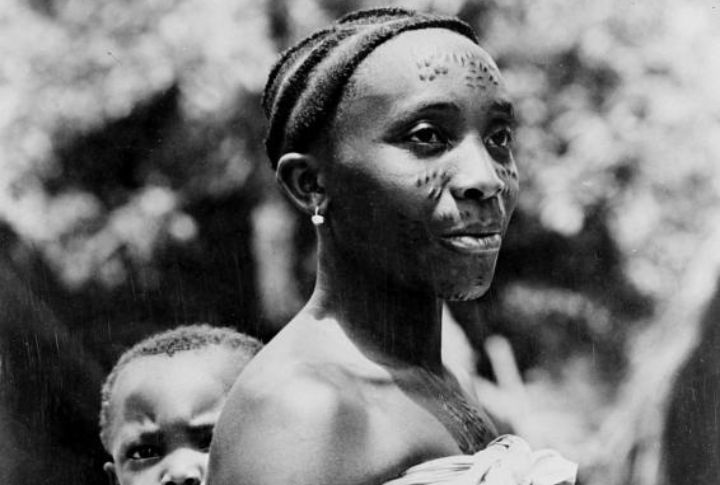
During colonial rule, cornrows remained a quiet act of defiance that preserved identity amidst oppression. Enslaved Africans used braided hairstyles to encode messages, such as weaving maps into their hair to communicate escape routes. These historical ties reinforce why braiding remains a deeply meaningful cultural tradition today.
A Form Of Communication And Storytelling
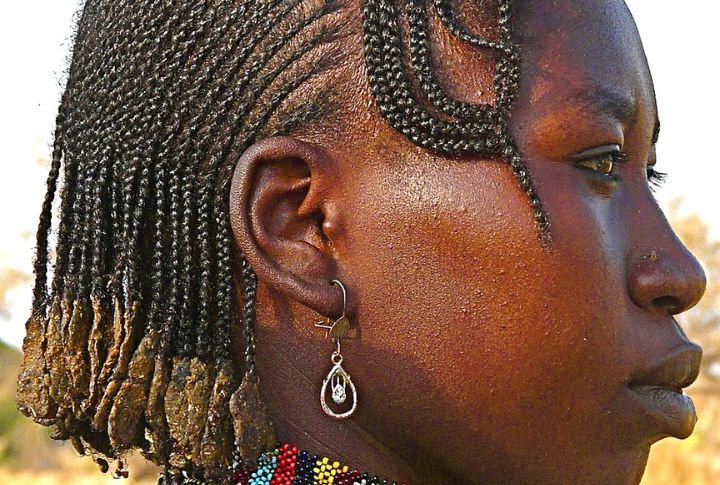
Braiding was historically symbolic, with patterns representing familial ties, social status, or warnings. In some African communities, specific designs indicated mourning, while celebratory styles marked rites of passage. The tradition of hair storytelling persists as modern braiders integrate symbolic elements into contemporary cornrow designs.
Regional Variations In Patterns
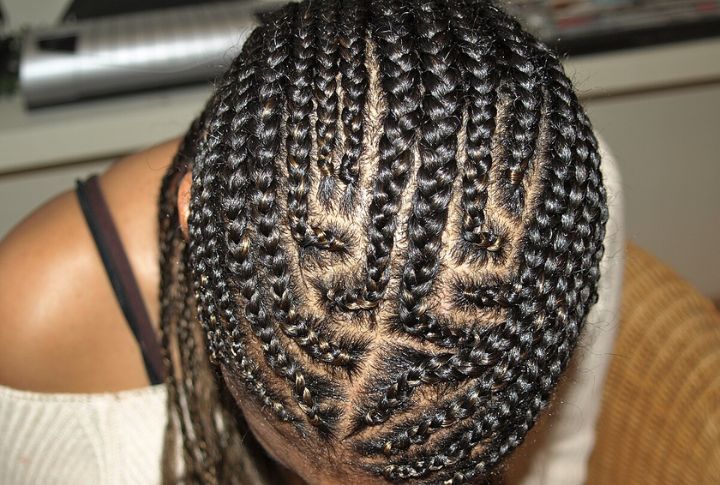
Cornrow designs vary widely depending on geography: west African communities favored symbolic geometric designs, while Caribbean braiders often incorporated curves and waves. In some cultures, specific patterns denoted significant life events or achievements, which reinforced braiding as a cultural marker.
Impact On Scalp Health
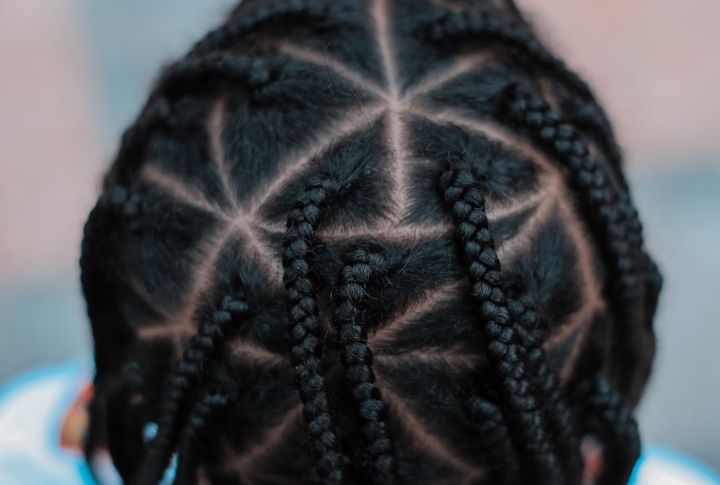
Properly executed cornrows promote scalp blood circulation and can reduce breakage by minimizing daily hair manipulation. However, excessive tension or neglecting hydration can lead to follicle damage, sometimes causing traction alopecia. Regular moisturizing and protective care prevent stress on hair roots, ensuring that braiding remains a healthy styling option.
Hair Growth Myths
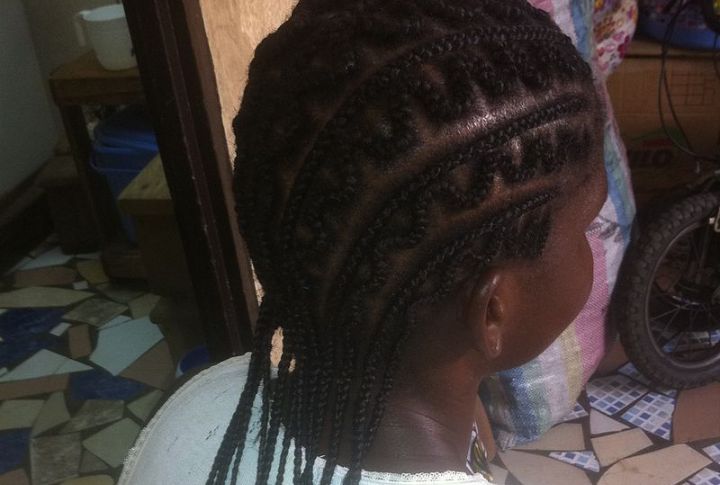
Some people believe cornrows accelerate hair growth, but this effect largely comes from reduced breakage rather than faster follicle activity. It’s more accurate to state that consistent hair maintenance, not the braids themselves, ensures healthier, stronger strands that appear to grow more rapidly.
Role In Identity Politics
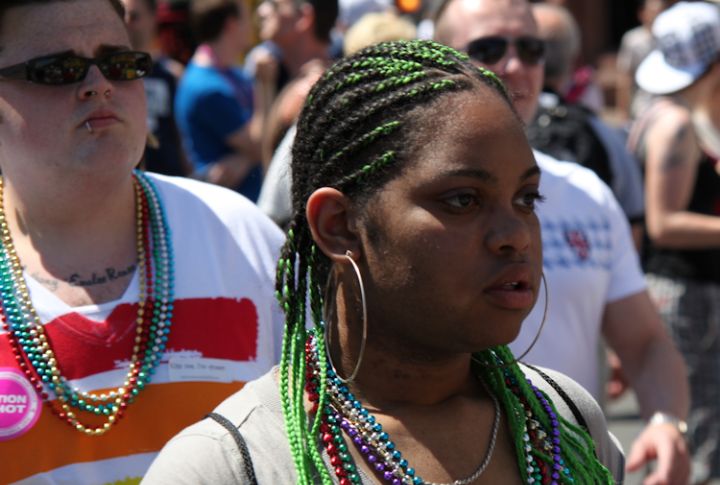
Within Black communities, cornrows often symbolize pride and resistance, especially in the United States. In political movements, wearing braided lines has reinforced solidarity, particularly in moments of activism against Eurocentric beauty norms. Their significance serves as a quiet but powerful statement of belonging.
Influence On Workplace Dress Codes

Historically, natural hair was deemed “unprofessional” by rigid corporate norms. This prompted legal moves that challenged the marginalization of natural and braided styles. Recent workplace protections, including the CROWN Act, have reshaped attitudes, gradually affirming that cornrows belong in all professional spaces.
Role In Educational Settings

Disciplinary actions tied to cornrows in schools have sparked widespread debate. Policies targeting Black hairstyles often mask deeper issues of bias. Legal changes and student activism now challenge these outdated norms, pushing schools to respect identity and cultural heritage through hairstyle inclusion.
Social Media Trends

Hashtags like #CornrowStyles or #ProtectiveStyles showcase braiding on global stages. Viral posts often spark style revivals or cultural debates alongside concerns of appropriation. Digital platforms now serve as both exhibition halls and battlegrounds for ownership, credit, and respect around this historic hairstyle.
Evolution Of Braiding Techniques Over Time

Advancements in hairstyling methods have refined cornrowing, with new techniques emerging across generations. Early methods relied on hand precision, while today’s stylists incorporate specialized tools and hair extensions for added versatility. The continuous evolution underscores how braiding adapts to modern trends while maintaining its cultural essence.
Preserving Cultural Heritage

Braiding traditions have been passed down through generations, significantly maintaining connections to ancestral roots. Families teach braiding techniques as part of cultural education to ensure that the artistry and significance are not lost. This heritage preservation strengthens communal ties and reinforces the enduring importance of cornrows beyond personal style.
Gender Expression Across Cultures

Cornrows defy rigid gender norms embraced by individuals across identities and backgrounds. Historically, men and women alike have worn intricate braids to signify status and role within their communities. Today, this remains a universal style, rejecting outdated expectations of masculinity and femininity while promoting self-expression.
Braiding In Intergenerational Bonding

The practice of braiding strengthens familial relationships. Braiding sessions often provide spaces for storytelling and bonding, often reinforcing cultural pride while fostering emotional ties. Beyond aesthetics, the act of braiding serves as a shared experience that carries deep generational significance.
Diaspora Communities And Braiding
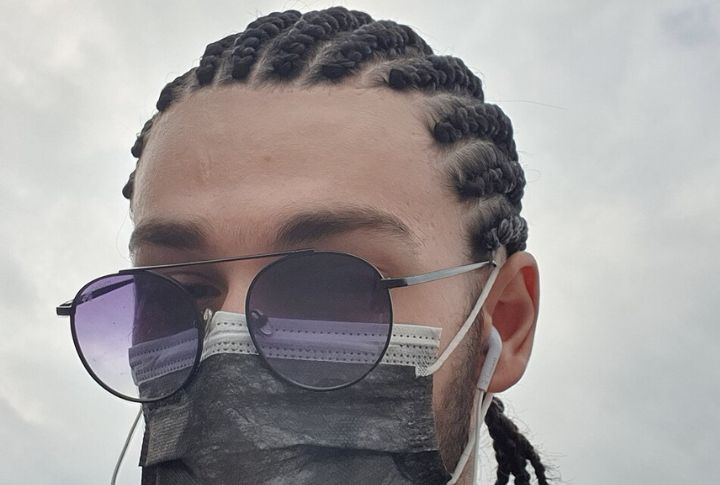
Across the diaspora, cornrows continue to bridge historical traditions with modern identity. In regions like the Caribbean, South America, and Europe, braided hairstyles maintain their significance, often adapted to local influences. Whether worn as a fashion statement or a cultural marker, they remain a unifying thread that connects Black communities globally.
The Sports Influence

In the world of sports, cornrows are a game-changer. They keep hair tightly in place, reducing distractions and enhancing focus during competition. Athletes choose them for both durability and style, which makes them a go-to look that blends athletic edge with cultural expression on and off the field.
Legal Issues
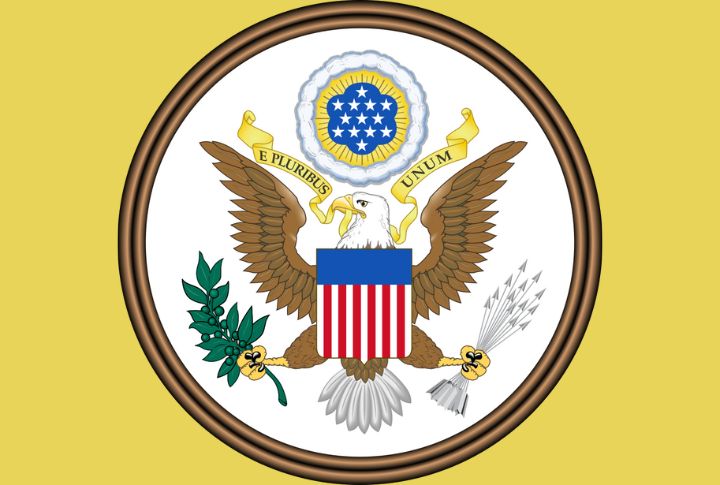
Legislation addressing hair discrimination has gained traction in response to biased workplace policies. Laws like the CROWN Act aim to protect individuals from being penalized for wearing natural hairstyles. Despite progress, legal battles persist as policymakers explore the intersection of cultural expression, professional standards, and anti-discrimination protections.
Cornrows In Military History
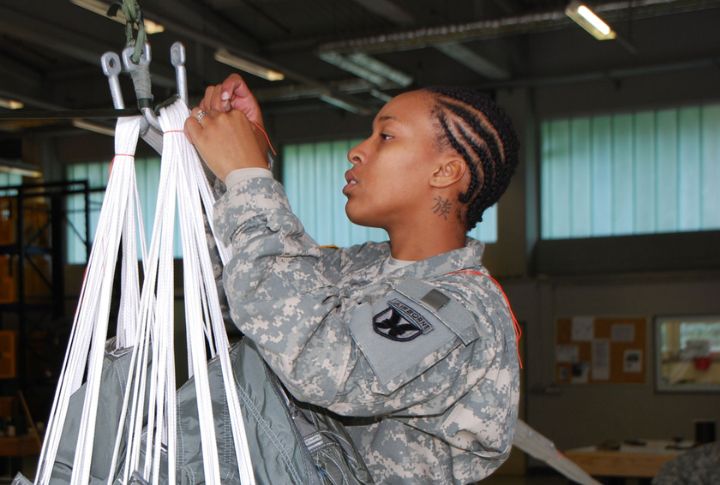
During World War II and beyond, some Black soldiers braided their hair in cornrows to maintain neatness under helmets and during field operations. While not officially sanctioned, the style was practical and culturally significant, helping troops preserve personal identity even in rigid military environments.
Psychological Impact
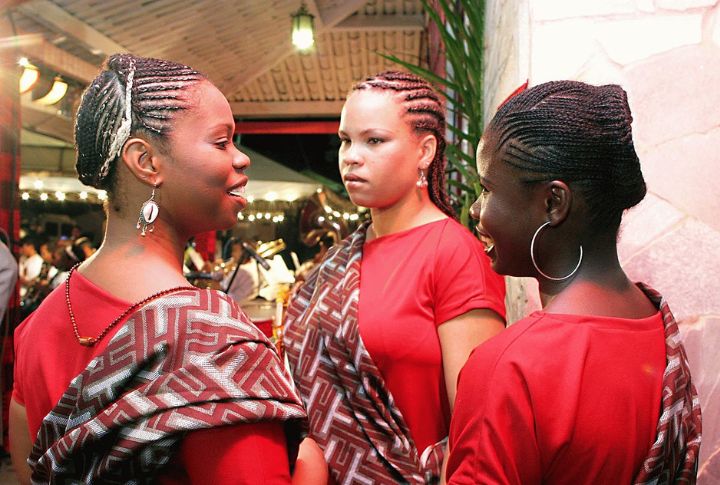
Wearing cornrows can boost confidence and cultural affirmation, especially among Black youth. Studies in identity psychology suggest hairstyles tied to heritage improve self-esteem. Yet societal stigma can also trigger stress or self-consciousness—making cultural validation critical to emotional well-being.

